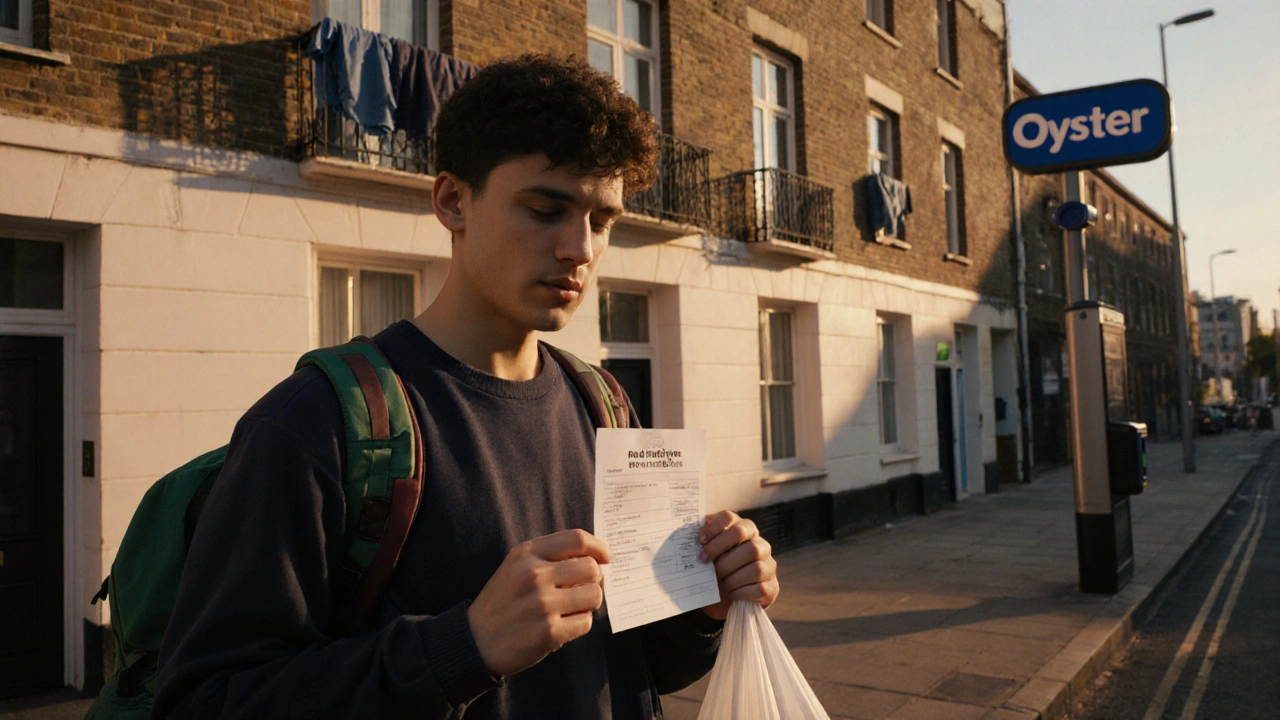Rent for Students London: What You Actually Pay and Where to Find It
When it comes to rent for students London, the cost of living in the city’s student housing market, which varies dramatically by zone, property type, and proximity to universities. Also known as student accommodation London, it’s not just about finding a bed—it’s about balancing price, commute, safety, and space in one of the most expensive cities in the world. Most students don’t realize how much their rent can jump just by moving one zone closer to central London. A room in a shared flat in Zone 3 might cost £700 a month, while the same room in Zone 1 could hit £1,200. That’s not a typo. And yes, that’s before bills, internet, and food.
The real game is knowing where to look. Places like Streatham, Brixton, and Walthamstow are no longer just "up-and-coming"—they’re where students live because they offer decent tube access, local shops, and rent that doesn’t eat half your maintenance loan. Meanwhile, areas like Camden or Islington, once student favorites, have become too pricey for most. Even university-managed halls aren’t always cheaper. Some charge £1,400+ for a tiny room with a shared bathroom. You’re better off checking private rentals on sites like SpareRoom or Facebook groups where locals list rooms outright—no agency fees, no hidden charges.
It’s not just about the rent. You need to think about the student housing costs, the total monthly expense of living as a student in London, including utilities, transport, and food. Also known as London student flats, this number often surprises people who think rent is the only big bill. A student railcard cuts Tube fares by a third, but if you’re living in Zone 4 and your uni is in Zone 1, you’re still paying £80+ a month just to get there. That’s why many students choose to live near their campus—even if it’s not the trendiest area. A 20-minute walk beats a 40-minute Tube ride with a backpack full of books. And don’t forget: some universities offer guaranteed housing for first-years. That’s a lifesaver if you’re new to the city and don’t know where to start.
There’s also a big difference between purpose-built student accommodation (PBSA) and regular shared houses. PBSA often comes with gym access, study rooms, and cleaning services—but you pay for it. A regular flatshare with other students might mean doing the dishes yourself, but you’ll save hundreds. Most students who’ve been here more than a year swear by the latter. They know the tricks: looking for rooms in September, not July; avoiding contracts that start in October (when prices peak); and always asking if bills are included. And if you’re lucky enough to find a place with a garden or a decent kitchen? That’s not a luxury—it’s survival.
This collection of posts doesn’t just list places to rent. It shows you how real students survive—where they eat, how they save on food, what transport hacks they use, and which neighborhoods actually work for tight budgets. You’ll find guides on cheap vegan meals, how to claim transport refunds, and even how to spot a scam listing before you hand over your deposit. This isn’t a tourist guide. It’s the real talk from people who’ve been there, paid too much, and learned how to do better.
